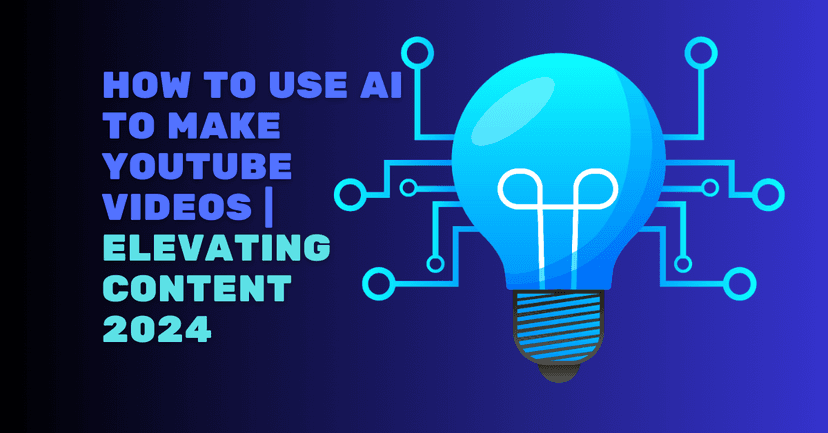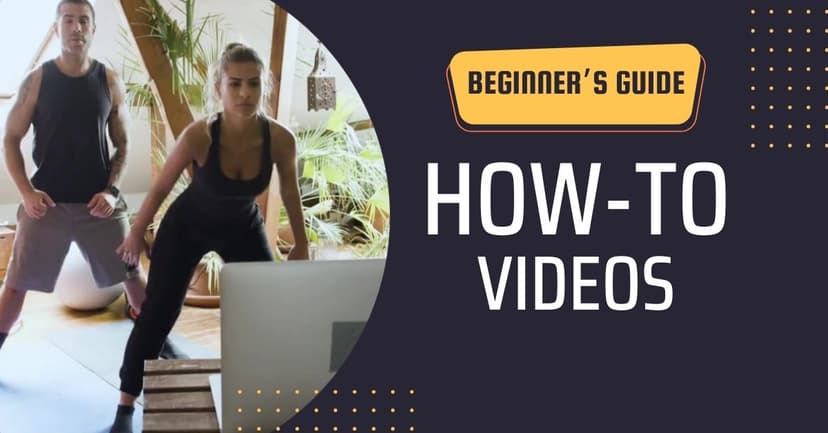Are you in real estate marketing and want to how to use AI for sales videos? Check out this guide we’ve prepared for you today!
Standing out from the rest is easier said than done. After all, the US real estate market is a multi-trillion-dollar industry, making the competition stiff.
Fortunately, generative AI technologies continue evolving, making a realtor’s job much easier.
And if you want to edge the competition in earning potential homebuyers’ trust, creating real estate marketing videos should get a foot in the door.
How to use AI for sales videos in the real estate industry remains a question many novice realtors ask. Worry no more because Puppetry is here.
Why Create AI Videos for Real Estate Marketing?

Promoting real estate properties used to rely on static images and text descriptions that left little to the imagination.
While such photos can give potential homebuyers a glimpse of their dream abode, these creations don’t deliver an immersive experience. A thoughtfully created AI video does!
Imagine you’re in the homebuyer’s shoes and taking a virtual walkthrough of a real estate listing.
Every nook and cranny comes alive, as if you’re in the house being sold (although you might be on the other side of the country). You can explore every inch of the property without traveling to the site.
Whatever you feel in such an experience is precisely what potential homebuyers feel when watching real estate AI videos.
In short, these visual technologies are a game-changer. They produce a more significant emotional connection from potential homebuyers.
You Might Also Be Interested: Video Sales Letters: A Beginner’s Guide 2024 (+BONUS Tips)
Benefits of AI Videos in Real Estate Marketing and Sales
Adding AI-generated videos to your real estate marketing campaigns can help your listings generate more traffic and interest. The same goes for personalized videos in email marketing, which offer many benefits. Check out the following for more about AI videos in real estate.
Adds a more immersive homebuyer experience
Consumers deserve the best buying experience.
And that includes potential homebuyers.
They want to explore real estate listings without leaving their homes, allowing them to check every detail and feature.
AI videos for realtors deliver an immersive experience for everyone, including buyers with restricted mobility or who are out of town.
Boosts homebuyer interest and engagement
Virtual real estate tours keep prospective homebuyers interested in the listing. As your video takes clients from room to room, audiences can pause the video and zoom in to inspect a feature closer.
They can play the video in slow motion or fast-forward it to a specific room, which will ultimately increase their interest in the property.
Showcases real estate property features
Traditional real estate listings describe property features.
Sadly, some buyers might not understand the terms or phrases, making them miss out on potential deal-making details.
An AI avatar can present and discuss these features like a real estate agent. It can highlight property details that resonate well with the prospective client.
Bumps your agency’s competitive edge
Not all real estate agents use a digital AI presenter like what Puppetry offers.
They still rely on text-heavy property descriptions and static images to entice homebuyers.
You can rise above them by creating an AI video for all your real estate listings.
Here's a guide on how to create informational videos with zero experience.
How to Use AI for Real Estate Marketing and Sales Videos

Artificial intelligence is shaping the real estate industry in innumerable ways.
One of the plus sides of such a technology is its ease of use compared to conventional video creation. So, how do you use AI to create real estate marketing and sales videos?
Step 1. Develop a storyboard or video script.
Whether making a faceless video or with an actor, the video's scenes and narrations will be included in it.
Never worry about generating a compelling script because ChatGPT and other AI technologies can help.
Step 2. Decide on the real estate video type.
You have at least four options.
Most real estate agents use a full walkthrough that starts with the house’s exterior but mostly focuses on the interior.
Alternatively, an extended start would be ideal for properties with impeccable exteriors (e.g., well-curated gardens) that want to highlight exterior features. A well-balanced virtual tour of exterior and interior shots is also possible.
Step 3. Prepare the real estate property.
Although artificial intelligence can produce 3D versions of real estate listings, nothing beats authentic shots.
Real estate agents must prepare the place before filming, including cleaning the premises, organizing stuff, and more.
Ideally, you will want to plan how to film the walkthrough – which rooms to showcase first, what features to highlight, and so on.
Step 4. Shoot a virtual tour.
Grab your high-resolution video camera and start filming. We recommend using a device to stabilize shots (i.e., gimbal) and minimize (if not eliminate) shaky and blurred images.
You might want to take as many shots as the camera’s memory allows. This will give you more clips to choose from and edit during video production and processing.
Step 5. Edit the video with Puppetry AI video producer.
Add sound effects and other visual elements to make the AI video more attractive.
Use our AI video maker to create a talking head or AI puppet for your digital presenter. It’s like having a real estate agent running the show.
Edit your video and add this puppet presenter to it. Check out this guide on how to use Puppetry in the Puppetry Studio.

Final Thoughts
Promoting a real estate listing to thousands of prospective homebuyers can be daunting for novice realtors.
The good news is that AI videos can make the listing stand out from other offerings.
It allows potential clients to “experience” walking through a property’s hallways, rooms, and spaces without but being present on-site.
They could be on the other side of the globe, but their dream home is right in their faces.
That's the power of AI in real estate marketing. You might also be interested in learning about the 5 Video Marketing Trends to Watch Out for in 2024.


![How to Use AI for Coaching in 2024 [+ 6 AI Tools for Coaches]](/_next/image?url=%2Fimages%2Fhow-to-use-ai-for-coaching-I3Mz.png&w=828&q=75)
